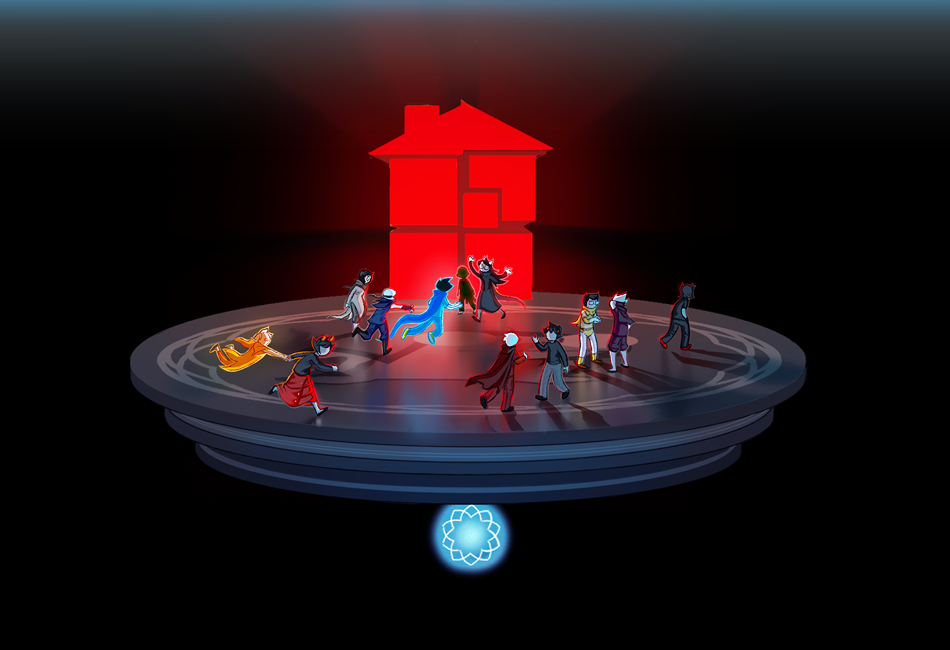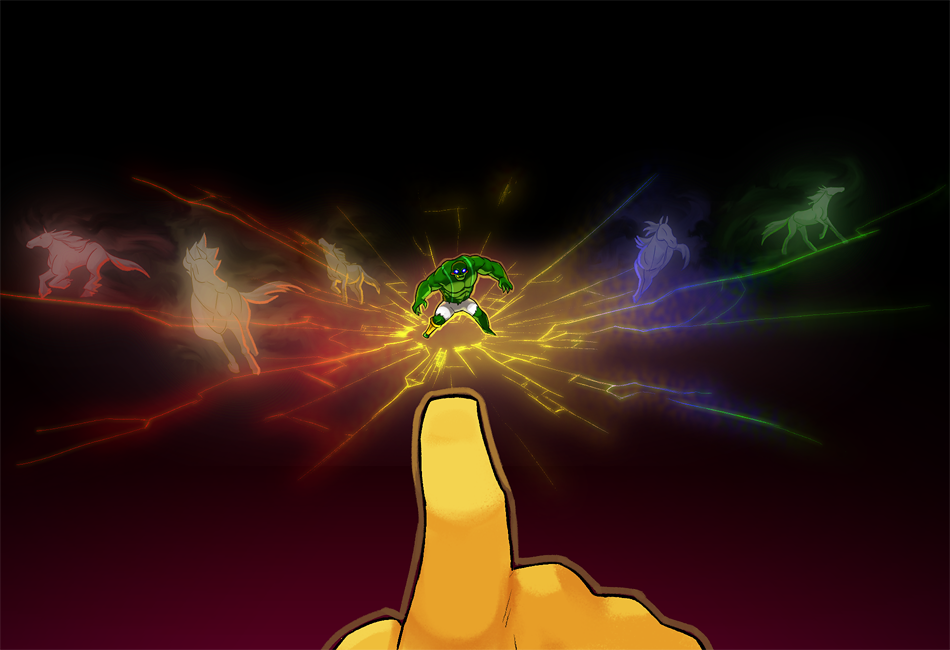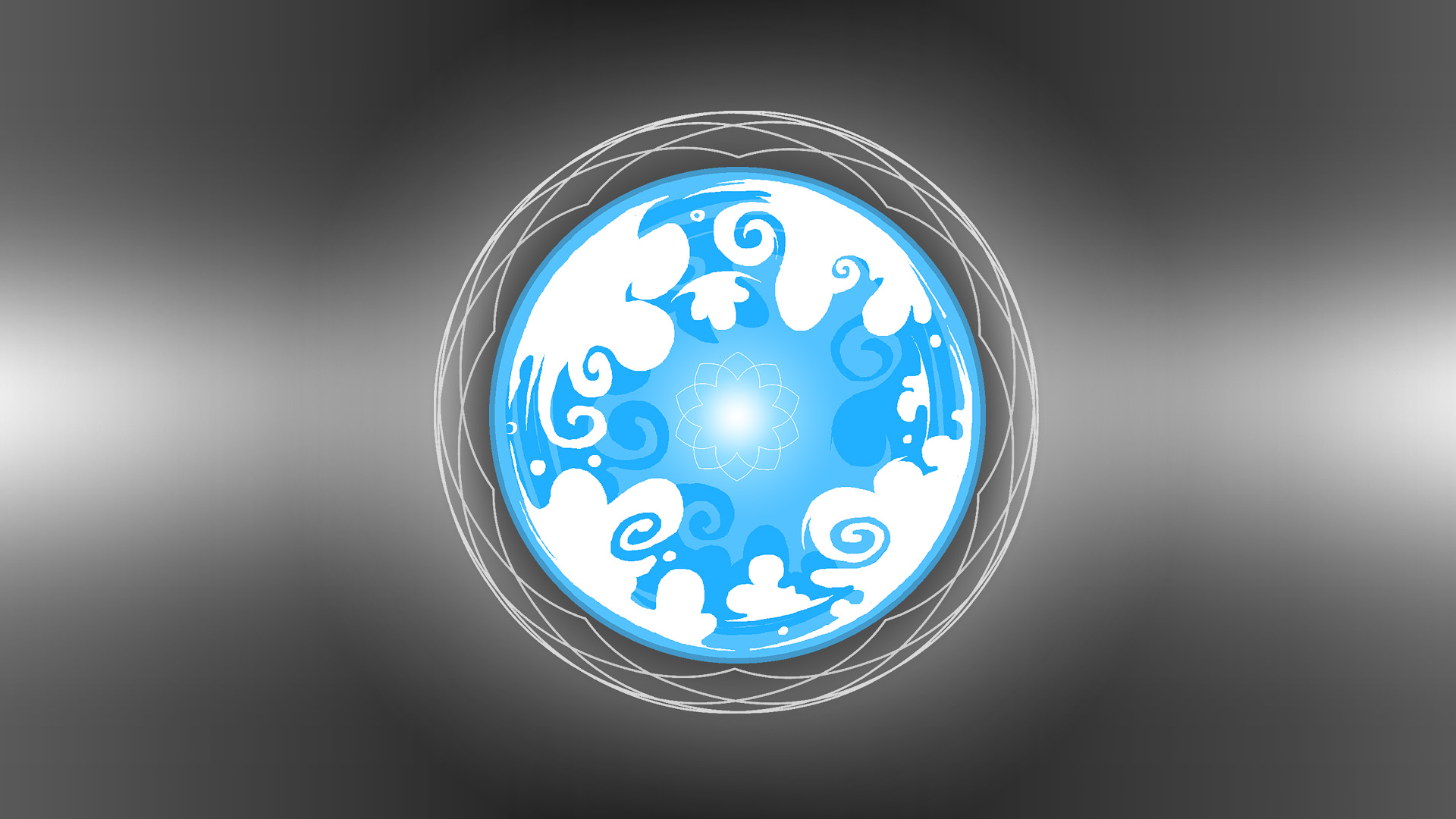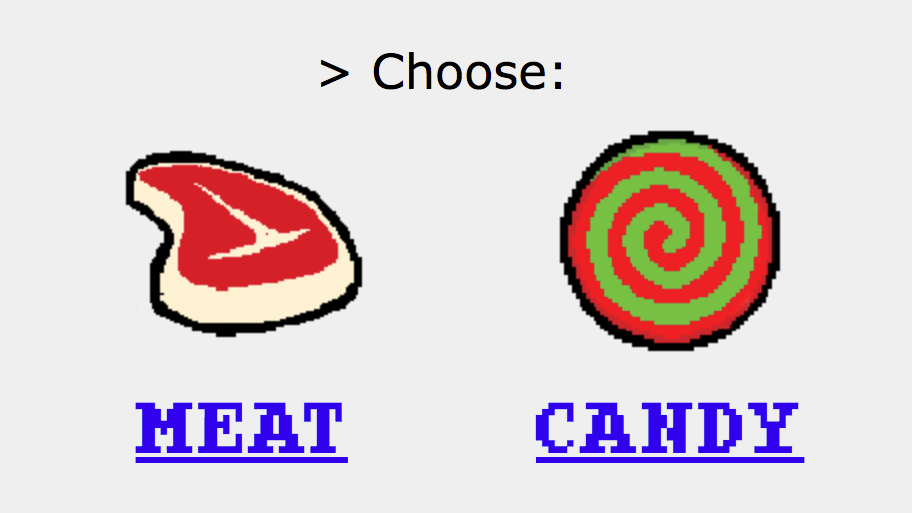How ‘Homestuck’ Defined What It Means to Be a Fan Online
Credit to Author: Michael Lutz| Date: Wed, 15 May 2019 16:53:07 +0000
In April of 2016, an era ended. Homestuck, the webcomic which captivated 600,000 readers a day at its peak, and which had carried me from my undergraduate studies in 2009 to the final years of my PhD in 2016, was over.
Homestuck, which was published under the banner of Andrew Hussie’s MS Paint Adventures, was written by Hussie and produced with the help of over one hundred musicians and artists, and featured original songs, animation, and interactive elements—in addition to 800,000 words of text (that’s 1.3 times the length of War and Peace). Wildly popular during its seven-year run, the comic and its formal inventiveness garnered enough mainstream attention that the PBS Idea Channel wondered if it was “the Ulysses of the Internet.” Online, the comic also became infamous for its sprawling, overly complicated, semi-improvised, deeply self-referential plot, driven partly by reader input and speculation, as well as the incredible and sometimes terrifying vigor of its fandom.

The narrative of Homestuck, simply put, is about a group of four young teens, a set of online friends who play a reality-warping cooperative game that both destroys all life on Earth (twice, after they ‘reboot’ the game about two-thirds through) and ostensibly provides its players the power to create a new universe that they can rule as immortal gods. At the height of its multimedia breadth and narrative complexity, Homestuck felt so woven into the fabric of the internet that it was hard to imagine it ever ending. Indeed, the argument I want to make is that Homestuck itself is in fact a story about the internet, what it means to be here now, and what it means to have spent ten years (or more) living your life online.
But in 2016, Homestuck did seem to be finished, or as finished as anything so outrageously, self-indulgently complex could be. The main characters (around a dozen remained after the deaths of, like, 50 others?) escaped their reality-devouring archnemesis and, it was presumed, could live happily ever after. As the comic was coming to a close, Hussie had summarized the story as “a creation myth about kids in houses.” This statement was true but seemed jokingly reductive.
(And in fact, any summary about the comic would need to be. Even in my own accounting above, I’ve left out so much, like the Trolls, the remaining children of an alien race that also played the game and whose bungled creation of Earth becomes integral to the plot. Or the character who exists across various alternate universes and timelines as a frustrated alien bureaucrat, an old-timey mobster, or an omnipotent flying dog with a sword. Oh yeah, did I mention the alternate timelines and universes? There’s a lot of that.)
Given the sheer scope and weirdness of Homestuck, it seems strange to reduce it to the final destination of the heroes—“they make a new universe”—and not their very wild journey—“… and in doing so, they escape the game’s absurdist time-travel paradoxes, as well as a giant muscle-bound skeleton with billiard balls for eyes.” Regarding a few stray plot threads, Hussie promised some form of epilogue, but nothing much was said then and even less was heard after.
Until now.

On 4/13 of this year, the tenth anniversary of Homestuck‘s beginning, an introduction to the epilogue went live. A week later, on 4/20 (blaze it, etc), the rest of the epilogue dropped. The thing itself? A 190,000-word, two-part, nonlinear novel co-written by Hussie and fan creators Cephied_Variable and ctset. These epilogues not only tie off outstanding narrative questions, they also pose a deeper, more pressing set of questions about the social changes that have occurred in the decade since Homestuck began. After all, the comic started at the dawn of Obama’s presidency, and when it finally came to a close in April of 2016, America was hurtling toward its own unpleasant denouement in November.
The epilogues acknowledge all of this, in ways large and small, from characters shouting at each other about neoliberalism to Obama himself showing up. And by positioning themselves as firmly “after” the creation myth that was Homestuck, these epilogues clarify exactly what was being mythologized: the internet, and the world we create with it.
No small part of Homestuck’s success can be contributed to its embrace of the idiosyncrasies of online culture. At the story’s beginning, the main characters only know each other by their screen names, and for most of the comic, they primarily converse through instant message clients and texting; even in-person communication, when it eventually shows up, retains the formatting of chatlogs. The superpowerful game at the center of the plot concerns a place tellingly called “The Medium,” a faux-solar system that holds at its center an object called “Skaia,” which one character describes as “a dormant crucible of unlimited creative potential.” We should understand this vast fantasy world as a stand-in for the internet, the game as the means of communication and socialization it fosters, and Skaia as the potential “new world” created when life begins—or began, since if you’re reading this we’re certainly already here—to be lived online.
Ostensibly, the protagonists’ goal is to best the game’s challenges and successfully bring Skaia to bloom, creating their new universe. In 2016, when the protagonists finally took up residence on their new planet, it seemed a surprisingly straightforward ending to a story so metafictionally complex that, at one point, the villain killed the author (a fictionalized version of Hussie himself), who took his banishment to the afterlife as an opportunity to propose to one of his own dead characters. (She was grossed out.) Homestuck’s ending opted to cut the proverbial Gordian knot, allowing its characters to literally escape the overworked continuity of the villain-controlled story for a new beginning free of his influence.

Homestuck’s new epilogues provide two ways of imagining what happens next, based on a choice given to the comic’s original protagonist: He can either return to the “canon” plot of Homestuck to finally and truly defeat the aforementioned reality-devouring skeleton narrator, or he can remain in the “post-canon” with his friends. Even the offer of these choices is a loaded one, since a core dilemma in the series is the characters’ own sense of their limited agency: Because their primary enemy was in control of the comic’s narrative machinery, deviating from his plans meant being exiled to a non-canon timeline and plot-irrelevant death. With the power to choose his own canonicity, the comic’s original protagonist has the opportunity not only to determine his own fate, but to offer a postscript evaluation of the value of canonicity itself.
In the age of the internet, asks Homestuck, what happens when stories are finished? Who gets to control them, what happens to the characters, and what are the consequences? Like the main comic, the epilogues are long, sprawling, and weird. To get too deeply into the plot, as usual, would rapidly become a breathless digression about how, actually, yeah, the abusive alien clown who spends a lot of time here delivering sermons and drinking human breast milk has always been a, uh, controversial figure. Luckily, this myth, like most myths, lends itself to abstraction.
In one ending, John—the central protagonist—several years after the end of Homestuck returns to the canon narrative and gathers younger versions of his friends for a final battle. They are successful, but as the villain has assumed control of the narrative, his destruction also means the destruction of the story, and John is left wandering an infinite void, slowly dying from his wounds. In the other ending, John chooses to remain in the “post-canon” continuity, and at first, things seem to go well. Characters grow up, pursue romantic relationships, get married, and have children. But in this path, John ends his story middle-aged, divorced, and watching helplessly as tensions among his superpowered friends escalate into fascist dystopia and guerilla warfare.
The Homestuck epilogues use their bifurcated structure to condense, from the mess of the established plot, two possibilities for Homestuck’s aftermath. Yet neither half of the epilogue can or should be understood as “canon” or, even strictly speaking, “noncanon.” Indeed, events in one epilogue impact developments in the other, as certain characters pass ‘between’ continuities at critical moments. In addition to being written with two noted fan creators, the epilogues are formatted to resemble online fanfic repository Archive of Our Own. In the same way that no fanfic is, by definition, more ‘canon’ than any other, so too are these epilogues not mutually exclusive, but overlapping extrapolations from a shared body of fiction. This is key to understanding the story that Homestuck now tells.

In the first epilogue, after the villain’s defeat and John’s death, another protagonist finds the idea of living in a ‘post-canon’ reality, free of all guiding influence, terrifying and (as he justifies it) morally unconscionable. Double-crossing his friends, this character assumes control of the narrative himself, becoming the new narrator, and escapes with plans to oversee a new civilization, one whose entire history will be geared toward playing the game again, this time according to his specifications.
In the second ending, characters’ lives hit the conventional beats of fanfic—coffee shop dates, having children with ridiculous names—but also succumb to the genre’s popularly conceived excesses: the most vile characters proclaim redemption (remember that clown?), partners cheat on each other and get divorced, and the would-be utopia is mired in exactly the social and political concerns that were supposedly left behind. There’s also a lot of weird sex stuff. ( Remember that clown?)
Both epilogues complicate the promise of the game played in Homestuck proper: A clean start on a new world is not as easy as it sounds. Despite their differences, the epilogues are concerned with how things keep happening. The first pivots on the nihilistic megalomania of a character who thinks he can and should be the one to finally assume unilateral control over the tools of world creation. The second covers how another character, who once lived a life of privilege as heiress to a corporate empire, gradually but ineluctably reproduces Earth’s systemic inequalities and oppressions on the path to becoming a racist demagogue.
If this all sounds depressing, I think the melancholy is a large part of the point. The epilogues suggest, in different ways, that the true villain of Homestuck was never an individual character, but rather certain structures of power and feelings of entitlement that worm their way into our consciousness and proceed to repeat themselves across time and space.
Gif courtesy of Homestuck
In the early 00s, we were told the internet was the future, that with its advent we glimpsed the beginnings of a better, more accessible, more democratic world of tomorrow. The internet as it appears in early Homestuck, with its chat clients and GameFAQs walkthroughs, looks more like the internet I grew up on. Many of my formative experiences, including many of my oldest friendships, feature AOL Instant Messenger and webcomic forums. And by the end of Homestuck, there are jokes about Instagram, BitCoin, Snapchat, and Kickstarter.
So the internet came, and it brought the future with it. And in that future, in this new world, what have we found? The blank space of the internet’s broad possibility meant, for one, that our society’s worst attitudes could coagulate anywhere—and they did, becoming part of the resurgence of reactionary violence worldwide. Standing above it all are supposedly-singular individuals with unimaginable wealth and power, who avow that they alone are competent enough to control the technologies through which we make and remake our social realities. What happened when a bunch of kids decided to play a game together online? They created a world. We created a world. And I’m sorry we didn’t do better.
Yet the epilogues also demonstrate the opportunities for real change and satisfaction. Untrammeled by former teleologies of plot, characters who once faced death for diverging from “canon” are now allowed to experiment with their sexual and gender identities, pursuing new family structures and literally searching out narrators who will respect their pronouns. These efforts are not always successful, and along with that, of course, come the darker matters: the fascist government, the gruesome deaths, the clown that drinks breast milk.
What happened when a bunch of kids decided to play a game together online? They created a world.
Homestuck’s dual epilogues present two extremes: Either the narrative is dominated by self-involved, control-freak pedants, or it is turned over to the messy, deeply conflicted, unsavory but often beautiful, and indeed, sometimes liberatory realm of fanwork. But in this way, the fiction is not much different from the world we inhabit, in that there is great suffering, but also still time and opportunity to work together to combat that suffering.
A story can have one narrator, or it can have many. Homestuck formally always wavered between these possibilities, but in the end opts for the latter: multiple authors, multiple endings. To go beyond “canon” is not diminishing but enlivening. It means change is always possible, that we do not know where we are going. The world is yet undecided.
Rather than telling us the story is over and done with, Homestuck‘s epilogue reminds us we still have choices to make.
This article originally appeared on VICE US.